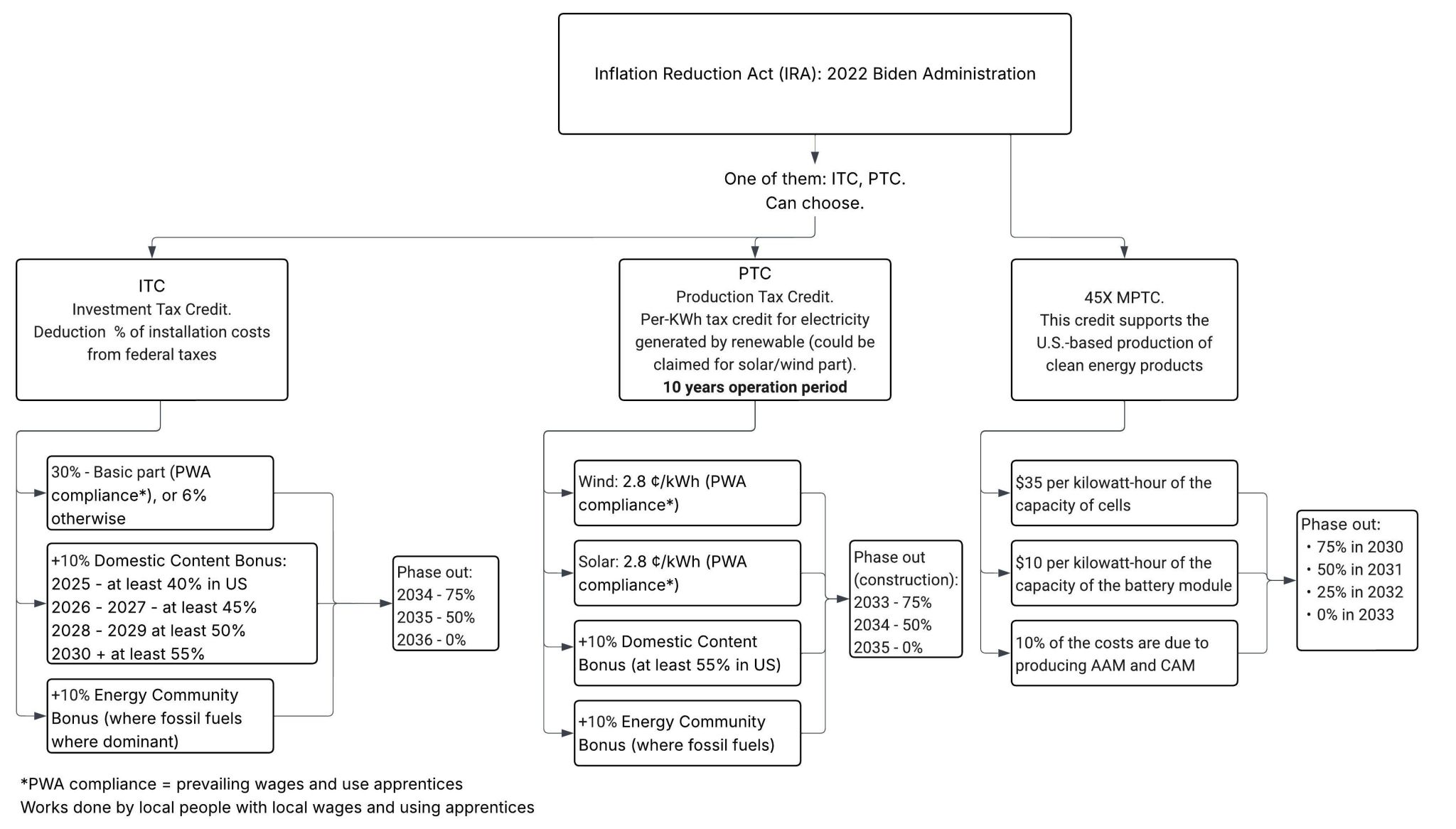To keep up with product management topics, I want to give some examples of how product management thinking can look. It will be a short example due to LinkedIn's limitations.
Several days ago, I saw a conversation on LinkedIn where a user gave a link to the article about buying an air fleet from one of the air carriers, who also purchased the old model of REGIONAL planes.
Person was complaining that "only in the US" companies buy old planes to "save money on pilots" and create extra environmental pollution.
I am not an airline expert, but let's think about this situation from the perspective of an air company leader.
As an airline owner, we would be focused on making business efficient and probably will look to the following factors: costs – fixed(plane, airport fees) + variable(fuel, pilots), occupancy (% of my seats occupied), and length(km) that the aircraft flies a day.
1) Costs:
Fixed cost for older planes is much lower compared to new models. Several factors play a role, including manufacturer policy, but also just because a 30-year-old aircraft doesn't have RD amortization in its cost. Also, it has already been produced in huge quantities, so the process is efficient.
Variable cost: Variable cost for newer planes is lower, that is true.
"Saving on pilots" was mentioned in the post, maybe. Still, fuel costs are significantly higher than salary, so the salary difference will be less than 0.1% of variable costs, so I wouldn't consider it as serious consideration.
2) Occupancy:
It's the regional plane, bringing people from smaller towns to central hubs. Air companies don't need big planes on such routes because there is not so much constant demand. So do we really need more giant modern aircraft just to make it fly empty(or create a problem with how to fill them)?
Just think: is it better to fly 50%, 70%, 90%, 40%,100% occupancy, or constantly in the 80-100% range?
While new planes, however, might give you better comfort, let's be honest, people don't look into the comfort much on one-hour flight.
3) Length(km) that the plane flies a day
This primary consists of route planning(available flight spots), the time needed to prepare flight and contingency plans for emergencies. Imagine if a new plane model had problems in a small town without specialized people. What if spares that are not available are required because this model is not widely used now? How about pilots, and what is the plan if not so many pilots have certifications to fly new planes?
It could be risky, especially for regional flights.
So overall, as a product manager, you should clearly understand that millions of factors can influence a customer's decision. You need to see the full picture.
As we can see from this example, proposing straightforward benefits like improved fuel efficiency and additional comfort might not be enough, and the number of factors you need to plan can vary depending on your product niche.





